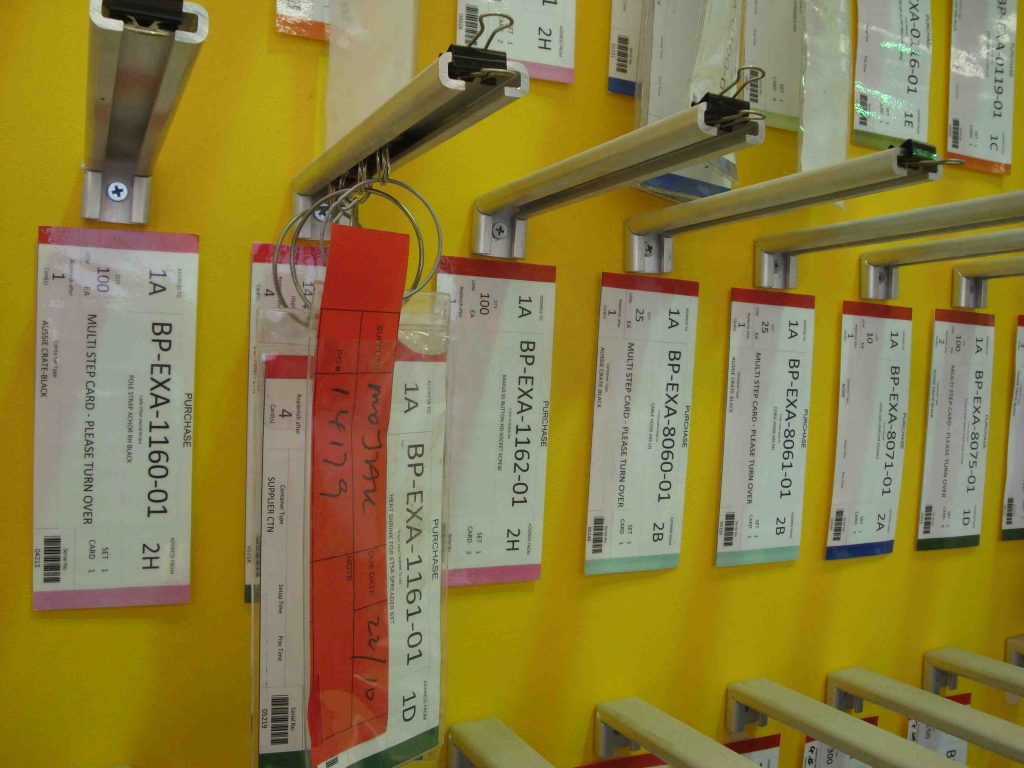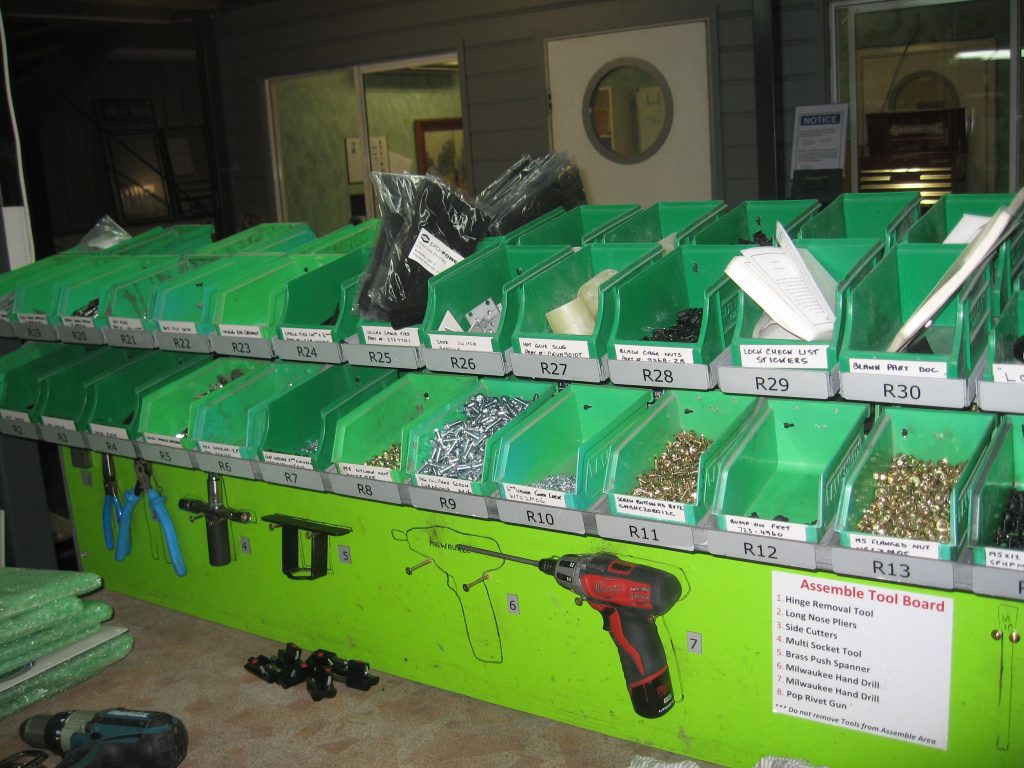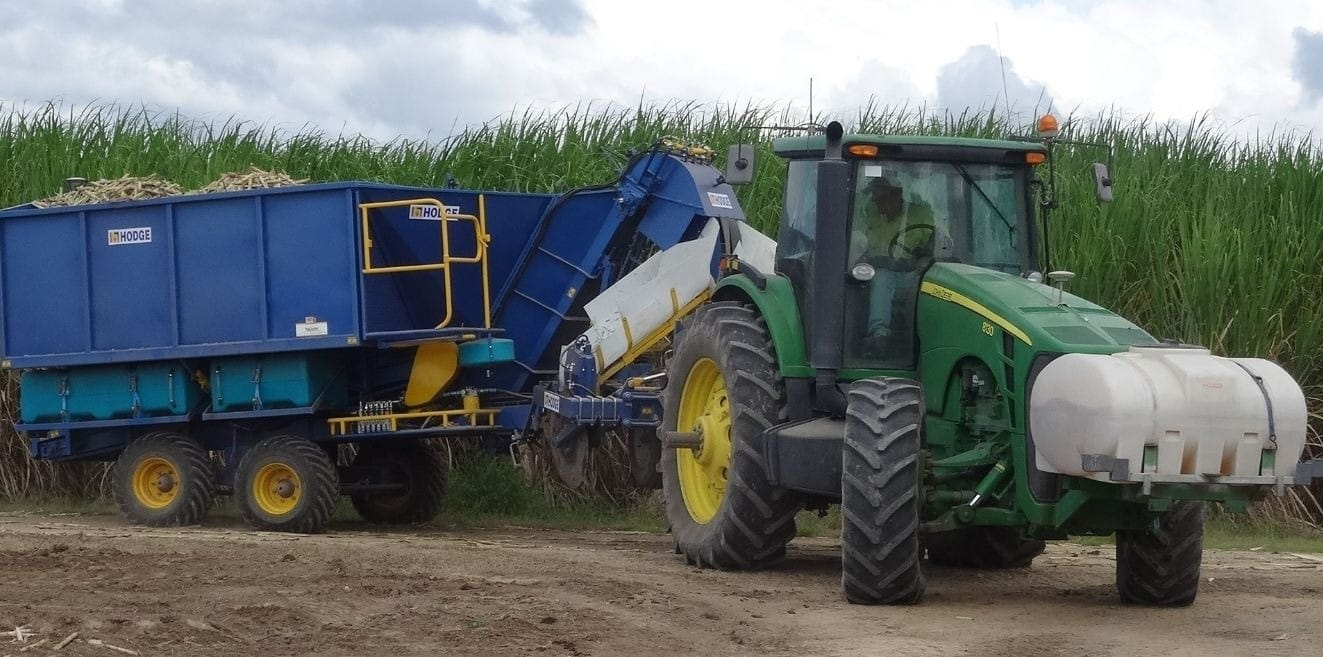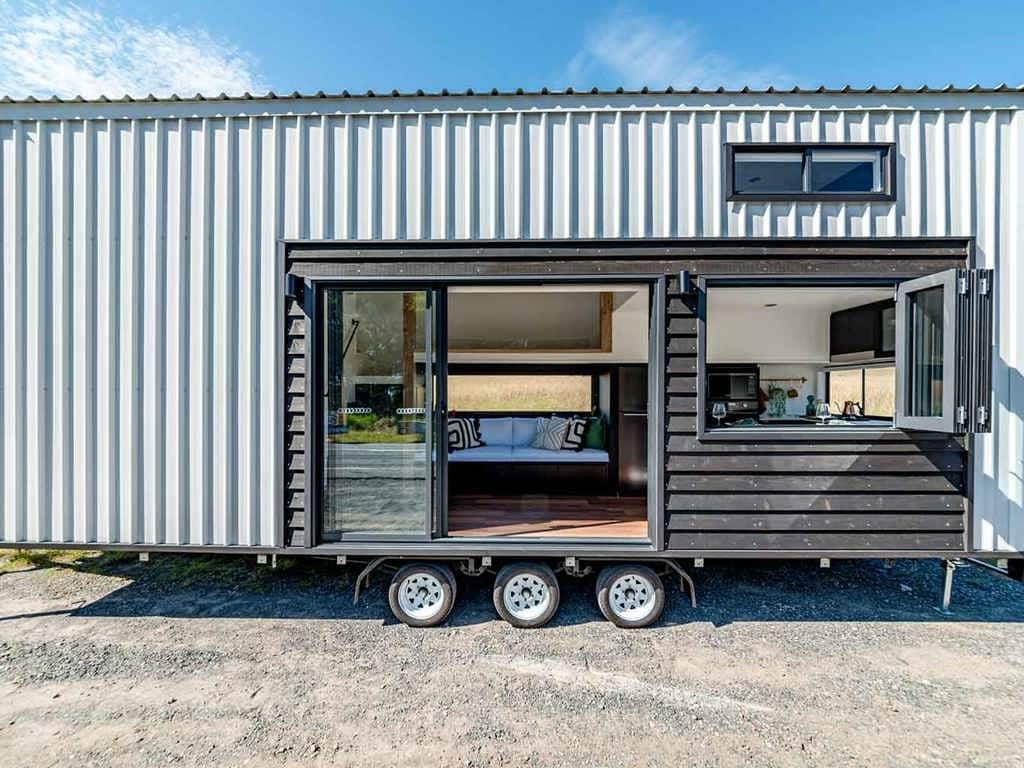Kanban is an important part of a flow, or pull, system and is a “sign” that production must act to fulfill an order.
Understanding Kanban pull systems can transform the way you manage workflow. By aligning production with actual demand, these systems reduce waste and improve efficiency.
What Is A Kanban Pull System?
It is a method applied for managing production or workflow and it involves authorizing work to begin only when there’s a need or “pull” for it, rather than pushing work through a process based on predictions. A Kanban pull system is an important element of Lean manufacturing.
This system uses visual cues (like cards or signals) to indicate when more work can be started, ensuring a smooth flow therefore minimizing waste.

Kanban Improves The Flow Of Work
This system focuses on improving the flow of work through the system when it is needed, rather than maximising individual task completion. Importantly a pull system does not require scheduling as jobs are typically replenished in the order that the Kanban triggers are received.
In fact scheduling of jobs based on priority or other factors is counterproductive as it means that the lead time to replenish items can be variable leading to potential shortages. In some cases, where batch production is necessary, a kanban board or other tool can be used to form batches, however this should be minimised as it will increase inventory and lead time.
By pulling work only when there is a requirement, waste and overproduction are reduced. This can in turn reduce lead times and overall inventory.
“Understanding Kanban pull systems can transform the way you manage workflow. By aligning production with actual demand, these systems reduce waste and improve efficiency” says Anthony Clyne TXM, Consulting Director.
Kanban Pull vs Push System
A push system “pushes” work to processes based on forecast or predicted need. Parts are supplied to teams regardless of their current workload or capacity.
The focus of a push system is about completing tasks to a schedule even if it leads to overproduction or delays in other parts of the workflow.
There is potential for waste as pushing work on to teams without regard for capacity can lead to overproduction, inventory build-up, and increased lead times.
Push System Based On Demand Forecast
A push system in manufacturing is often based on a demand forecast. The forecast determines which products should be made at each step of the process to meet the future needs of the next process.
However, forecasting demand is notoriously difficult and forecasts often over or under estimate actual demand. As a result, businesses often find themselves making the wrong products in the wrong quantities at the wrong time and then having to expedite production when shortages occur.
Push systems can work in process where demand is fixed and known, such as project based manufacturing where the forecast is based on an actual customer order. It can also be applied to produce commodities with a low likelihood of unanticipated demand changes.
Pull System Based On Inventory Control
A pull system can be seen as an inventory control system in which businesses respond to consumer demand. They pull products from suppliers only when consumer demand is detected.
A push system on the other hand is a type of inventory control system in which businesses predict consumer demand and produce goods based on that prediction.
Video Explaining How Kanban Connects Processes
What Does A Kanban Include?
The physical kanbans can include:
- a card
- an empty square on the floor
- a box
- a trolley
- a light
In a supermarket, a card, box or trolley are the most likely types of kanbans. This will depend on the number of parts in the supermarket and their size.
Regardless of the type of kanban, each one must include enough information to understand:
- where the kanban has come from / returned to
- where the kanban needs to go to
- what is needed to be made (part numbers, qty)
Implementing a kanban system will highlight many problems in Production. Set stock levels and reorder lead times will test your initial parts analysis and production data. Audit the system regularly to check all kanbans are present and they are where they should be.
When problems arise, daily problem solving is needed to determine the short term fix and root cause. The challenge is to face these problems understanding that solving each one will help to create a more robust kanban system; it doesn’t mean that the kanban system isn’t working – it is highlighting the production fluctuations and variation that wasn’t identified in the original analysis.
Implement A Kanban Pull System In 4 Simple Steps
Kanban Systems or Pull Systems of various types are now common across many industries.
They are cheap, simple to operate and can lead to large cost and inventory reductions. Here are some guidelines to help make your pull system work effectively.
1. Keep the Lead Time Short and the Interval Frequent
Kanban systems (also known as pull systems) trigger the ordering of materials based on previous usage.
The longer the lead time for supply of the parts and the less frequently parts are replenished, the less successful the pull system will be. Implementing pull system goes hand in hand with efforts to reduce batch size, shorten replenishment lead times and ordering smaller quantities more frequently.
2. Kanban is Not “Set and Forget”
Kanban systems need to be maintained. Regularly reviews (every three to six months) where the settings in the pull system are reviewed to account for changes in demand, changes in the way parts are delivered or packed or changes in suppliers.
As a result, you may need to add or remove Kanban triggers, adjust trigger points or change Kanban quantities.

3. Good Shop Floor Disciplines are Required
To maintain an effective Kanban system, it is recommended that you develop a culture where things are always returned to the place they come from. Losing Kanban cards can be a major problem. If you don’t have those disciplines, implementing 5S is a good way to develop them. Keeping track of Kanban cards can be a real challenge.
Some good ideas we have seen include: making someone responsible for system maintenance, making the parts container itself the “Kanban” or reducing the number of cards by using a “two bin” system.
Two Bin System
A two-bin system is the simplest visual control system for a supermarket.
As the name implies, a two-bin system has two bins or containers for each line item in the supermarket. This works best when the parts are small and not expensive.
Parts are taken first from the front bin. When the front bin is empty, the bin is moved to the collection location. The operator will then take parts from the second bin. The empty bin is taken to be refilled, then replaced behind the second bin, before that bin is emptied.
As with any supermarket system, you need to consider part usage, lead times and risk as part of your analysis to determine stock levels in each bin and the time to replace when compared to the usage. If parts have a short lead time, the bin refilling time may include ordering the parts, having them delivered and then returned to the line.
If the part re-order time is long, then the stock levels will need to be higher or a secondary storage area may be needed.
4. Engage Suppliers in Developing Your Kanban System
If your pull system is designed to pull from suppliers you must talk to them and understand their systems and capabilities. Suppliers can have useful input on how to make the system more effective and forcing a system on them is unlikely to be effective and will damage your business relationship.
Effective Kanban Systems are one of the main elements to a successful Lean production system. There are a number of considerations that need to be taken into action to make sure you have a Kanban System that works and delivers results for your business.
Four Ways To Fix A Broken Kanban System
1. Audit Kanban Cards
Regularly check to make sure all kanban cards are accounted for; if you are missing one, it won’t get ordered and then you will be short of parts when you need them. Good 5S practices will also support your kanban efforts.
2. Improve your Quality
If parts are being “lost” due to error or rework, then a quality investigation is needed. We expect good parts and we need to ensure we are receiving them.
3. Document the System
A kanban system needs every role to be completed in the agreed to timeframe and with the agreed to method. These timeframes and methods need to be documented and your team needs training. This may be in a one page plan or an SOP. It can be adapted into your company systems.
4. Conduct Kanban “Health” Checks
A kanban system needs a stable product schedule; it will continue to work for a while with minor schedule fluctuations but major changes (both increases and decreases) will upset the system.
Conduct regular “health” checks on your system to make sure your production requirements can still be met. Also check your delivery lead-times expectations are also being achieved.
Contact TXM If you need help understanding or building Kanban Systems.







